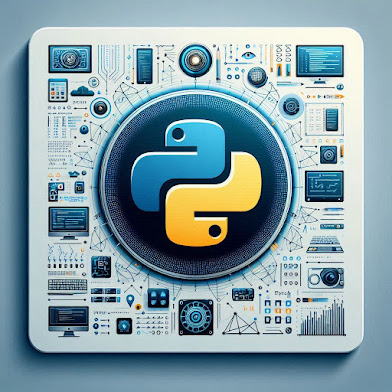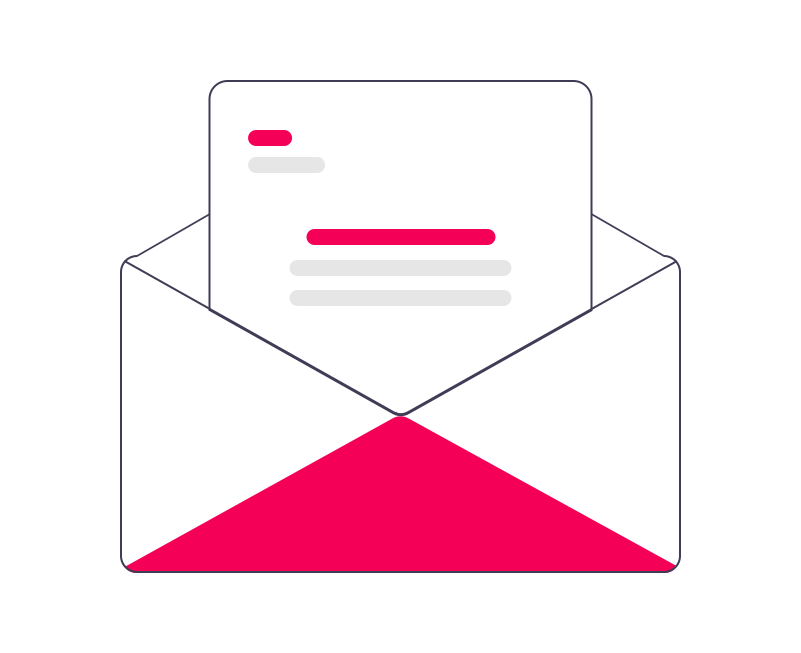1. Python Prerequisite
This Python tutorial is designed for beginners; however, having some basic knowledge of programming concepts such as variables, commands, and syntax will be beneficial. A little experience with any programming environment can make the learning process smoother, but don't worry if you're completely new—we'll guide you through it step by step.
2. Features of Python
Python stands out for its simplicity and versatility, making it a top choice for both beginners and professionals. Here are some key features:
- Easy to Read and Write: Python’s syntax is clean and straightforward, making the code easy to understand and write, which is ideal for beginners.
- Interpreted Language: Python executes code line by line, facilitating easy debugging and testing during development.
- Object-Oriented and Functional: Python supports both object-oriented and functional programming, offering flexibility in code structure.
- Dynamically Typed: You don’t need to specify data types when declaring variables; Python automatically determines them.
- Extensive Libraries: Python boasts a rich collection of libraries for web development, data analysis, machine learning, and more.
- Cross-Platform: Python can run on various operating systems like Windows, macOS, and Linux without modification.
- Community Support: Python has a large, active community continuously contributing resources, libraries, and tools, making it easier to find help.
3. Applications of Python
Python is utilized in various fields, including:
- Web Development: Frameworks like Django and Flask enable quick and efficient development of dynamic websites and applications.
- Data Science & Analysis: Python is a preferred language for data analysis, visualization, and handling large datasets, thanks to libraries like Pandas, NumPy, and Matplotlib.
- Machine Learning & AI: Python is popular in AI and machine learning due to libraries like TensorFlow, Keras, and Scikit-learn.
- Scripting & Automation: Python's simplicity makes it ideal for writing scripts to automate tasks across different systems.
- Web Scraping: Libraries such as Beautiful Soup and Scrapy facilitate data extraction from websites.
- Desktop App Development: Python can be used to build desktop applications using frameworks like Tkinter and PyQt, and it is also employed in game development with libraries like Pygame.
4. Python vs. Other Programming Languages
Here’s a comparison of Python with C, C++, and Java:
| Feature | Python | C | C++ | Java |
|---|---|---|---|---|
| Type | Interpreted | Compiled | Compiled | Compiled and Interpreted |
| Paradigm | Multi-paradigm | Procedural | Multi-paradigm | Object-oriented |
| Memory Management | Automatic | Manual | Manual | Automatic |
| Syntax | Simple | Complex | Complex | Complex |
| Use Cases | Web, data analysis, machine learning | System programming | Game development | Large-scale applications |
| Notable Frameworks/Libraries | Django, Flask | Standard Library | Standard Library, Boost | Spring, Hibernate |
| Community Support | Strong | Strong | Strong | Strong |
| Job Market |
Abundant | Abundant | Abundant | Abundant |
5. List of Companies Using Python
Some popular companies leveraging Python include:
- Google: Utilizes Python for various applications, including search and machine learning projects.
- Instagram: The backend is built using Python, efficiently handling millions of users.
- Spotify: Uses Python for data analysis and backend services, enhancing user recommendations.
- Dropbox: Powers its desktop client with Python for easy file synchronization.
- Netflix: Employs Python for data analysis and managing content recommendation algorithms.
- Reddit: Uses Python for its core functionalities.
- Uber: Implements Python for features like dynamic pricing and data analysis.
- Pinterest: Relies on Python in its backend for scaling and managing user content.
6. Career & Jobs in Python
Python offers diverse career opportunities across industries. Here are some career paths you can pursue after learning Python:
| Career | Average Salary (USD) | |
|---|---|---|
| Python Developer | 110,000 | |
| Data Scientist | 130,000 | |
| Machine Learning Engineer | 140,000 | |
| Full Stack Developer | 120,000 | |
| DevOps Engineer | 140,000 | |
| Automation Engineer | 100,000 | |
| Data Analyst | 90,000 | |
| Software Engineer | 120,000 | |
| Backend Developer | 125,000 | |
| AI Engineer | 160,000 |
7. Python Latest & Upcoming Features
Python 3.13 is the most recent stable release, featuring various updates to its syntax, implementation, and standard library. Key enhancements include a revamped interactive interpreter, experimental capabilities for free-threaded mode (PEP 703), and the addition of a Just-In-Time (JIT) compiler (PEP 744).
The upcoming version, Python 3.14, is expected to include notable updates such as:
- UTF-8 Mode Default (PEP 686)
- Shorthand Syntax for Keyword Arguments
- Enhanced f-strings
- JSON-based Simple API (PEP 691)
In this tutorial, we have covered essential prerequisites and features of Python, highlighting its versatility and ease of use. From its straightforward syntax to its extensive libraries and applications in various fields like web development, data science, and automation, Python offers a robust foundation for both beginners and experienced programmers. As you embark on your Python journey, remember that the community support and resources available will greatly aid your learning process.
If you have any questions or need further clarification on any of the topics discussed, please feel free to reach out. Your feedback and inquiries are always welcome!




0 Comments